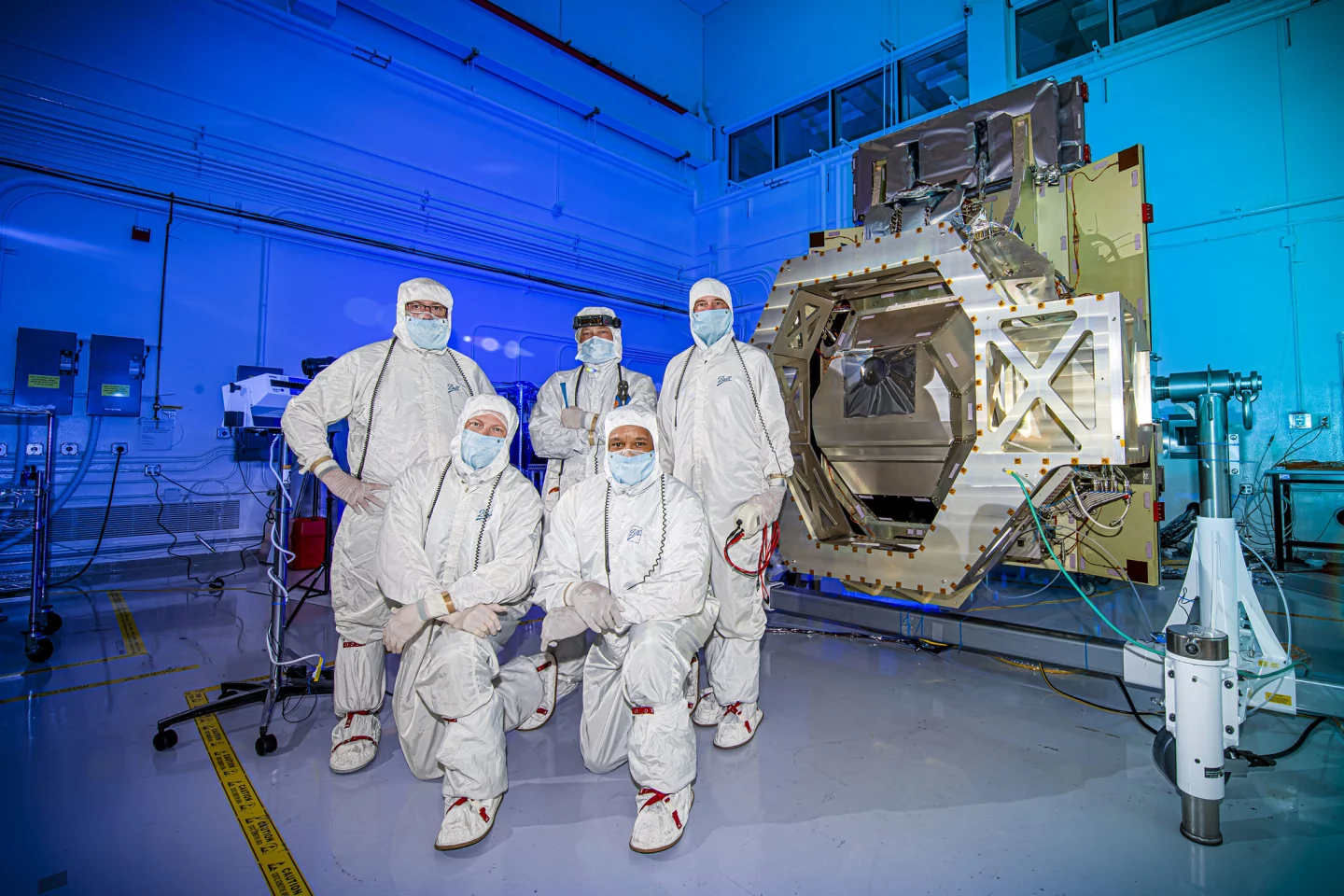With a field of view 100 times greater than the Hubble, NASA’s anticipated Roman Space Telescope is set to measure light from a billion galaxies, perform a microlensing survey deep in the Milky Way to find thousands of exoplanets, monitor hundreds of millions of stars and offer a look into distant galactic neighborhoods that could offer the greatest discoveries of this century so far.
NASA has updated details of the epic mission that’s set to begin as early as October 2026, 16 years on from its conceptual go-ahead in the 2010 United States National Research Council Decadal Survey, and a decade on from its development green light in February 2016.
The planet-hunter formerly known as the Wide Field Infrared Survey Telescope (WFIST) is now in Phase C of its build, which is final design and fabrication. NASA has a launch target of October 2026, but with a window that stretches to May 2027.
"We're harnessing the science community at large to lay a foundation, so when we get to launch, we'll be able to do powerful science right out of the gate," said Julie McEnery, Roman senior project scientist at NASA's Goddard Space Flight Center, Maryland. "There's a lot of exciting work to do and many different ways for scientists to get involved."

Roman – named after the pioneering US astronomer Nancy Grace Roman, who among her many accomplishments, played a pivotal role in developing the Hubble Space Telescope at a time when women working anywhere in senior roles in science was aggressively discouraged – is set to finally answer questions we’ve long pondered about dark energy, exoplanets and infrared astrophysics.
While the pioneering astronomer won't be on hand to see this new era of space exploration – she died on Christmas Day in 2018, aged 93 – it's nonetheless a very fitting tribute.
"Roman will be an incredible discovery machine, pairing a vast view of space with keen vision," said McEnery. "Its time-domain surveys will yield a treasure trove of new information about the cosmos."
Its primary mirror is 2.4 m (7.9 ft) wide, making it the same size as the Hubble Space Telescope's primary mirror, but it'll only be one-fifth the weight, with a field of view 100 times larger than its predecessor.
While a recent Kepler Space Telescope study focused on stars on the fringes of the Milky Way, Roman will head off into the center, for the Galactic Bulge Time-Domain Survey, using infrared vision to peer through dust clouds to see the central region of our galaxy. In there, it will be on the lookout for microlensing events, in which observing telltale gravitational force ‘warping’ can unearth (so to speak) previously unknown exoplanets.
Because of the density of stars in this region, scientists expect to catch sight of more than 50,000 microlensing events, revealing ‘rogue’ planets, black holes, neutron stars and trans-Neptunian objects.
Current plans have Roman taking a happy snap every 15 minutes for around two months. It’ll be repeated six times over the course of the mission’s initial five years, adding up to more than a year of observations.
"This will be one of the longest exposures of the sky ever taken," said Scott Gaudi, an astronomy professor at Ohio State University, whose research is aiding Roman's survey strategy. "And it will cover territory that is largely uncharted when it comes to planets."
Astronomers are confident the survey will also show up more than 1,000 planets orbiting far from their host stars in systems farther from Earth than any previous mission.
If that wasn’t enough of a workload for Roman’s first foray deep into space, the telescope is also expected to spot more than 1,000 neutron stars and hundreds of stellar-mass black holes. Astronomers will also use the galactic photographer to find thousands of Kuiper belt objects, the icy bodies that are largely scattered beyond Neptune.

The Roman Space Telescope will rely on two key components for its data collection. The Wide Field Instrument (WFI) provides wide field imaging and spectroscopy, ideal for cosmology and exoplanet surveys, while the Coronagraph instrument (CGI) will focus on high-contrast imaging and spectroscopy for observing exoplanets and debris disks.
Scientists are also looking at how machine-learning advances will help in analyzing the trillions of images Roman collects.
"The preparatory work is complex, partly because everything Roman will do is quite interconnected," McEnery said. "Each observation is going to be used by multiple teams for very different science cases, so we're creating an environment that makes it as easy as possible for scientists to collaborate."
Learn more about the Roman mission here. Check out the latest on the mission planning from NASA in the video below.
Source: Goddard Space Flight Center







